The 1800s, often romanticized or vilified, were a transformative period in American history.
The truth is, this era was a complex mix of progress and hardship, marked by significant social, economic, and political changes that forever altered the course of the nation. The 19th century laid the groundwork for the America we know today, with the rise of factories, mass production, new inventions, and the expansion of the railroads.
Let’s take a look at the misconceptions of what life was like in America during the 1800s.
The Wild West
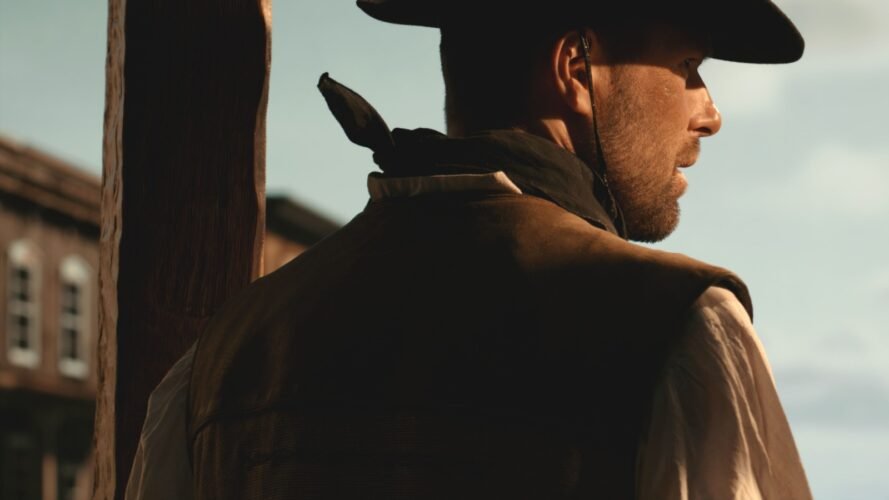
Contrary to popular belief, many Western towns had established legal systems with sheriffs and judges who enforced the law. Crime rates in places like Tombstone, Arizona, were surprisingly low, with more order than the chaotic gunfights depicted in movies. The myth of lawlessness was largely a creation of dime novels and early Hollywood.
Log Cabins
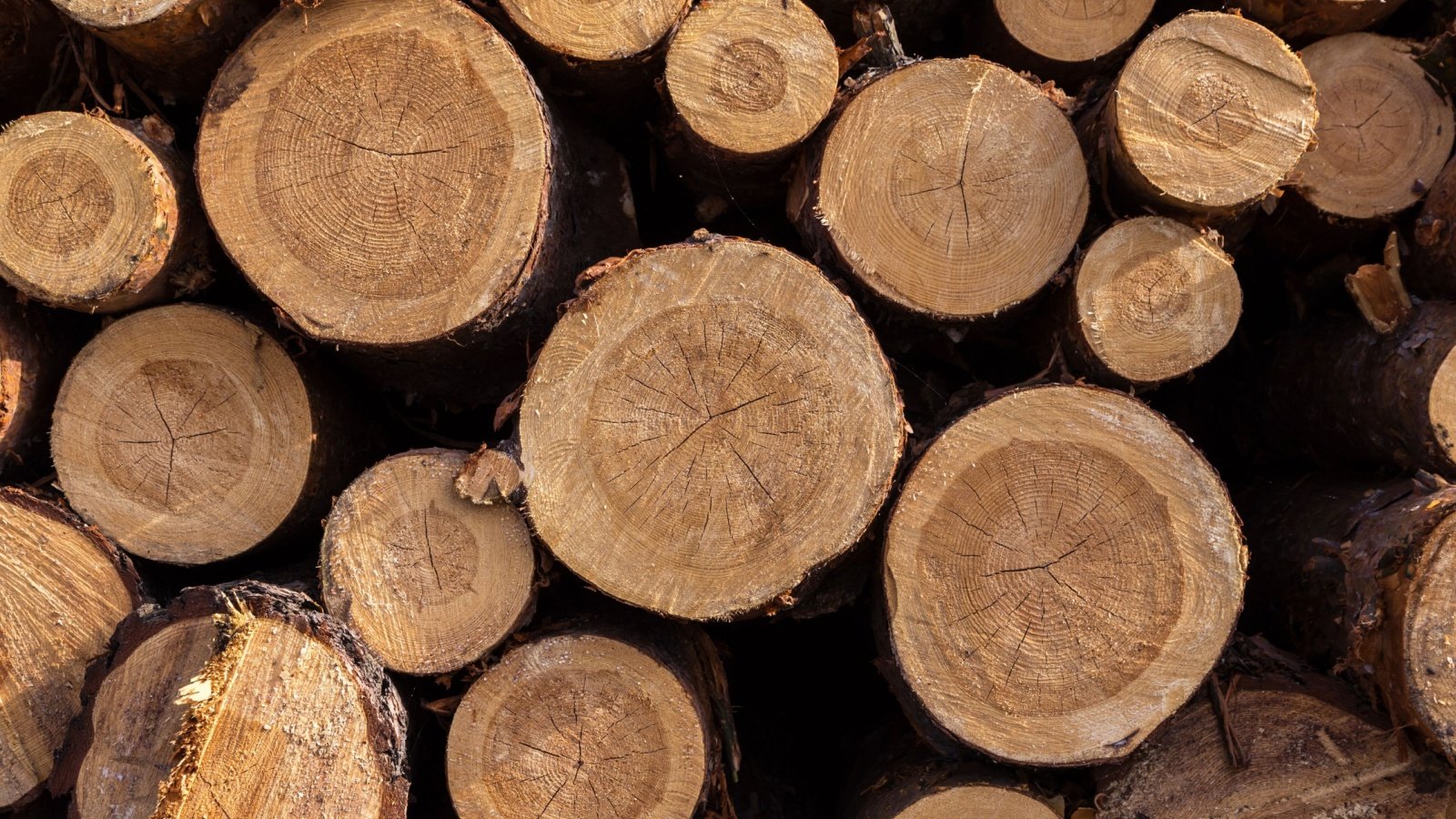
While log cabins were popular in frontier areas, most Americans in the 1800s lived in houses made of brick, stone, or wood frames. Cities like New York and Boston had sophisticated architecture with multi-story buildings. The notion that all settlers lived in rustic cabins is a simplification that ignores the diversity of living arrangements.
Horses
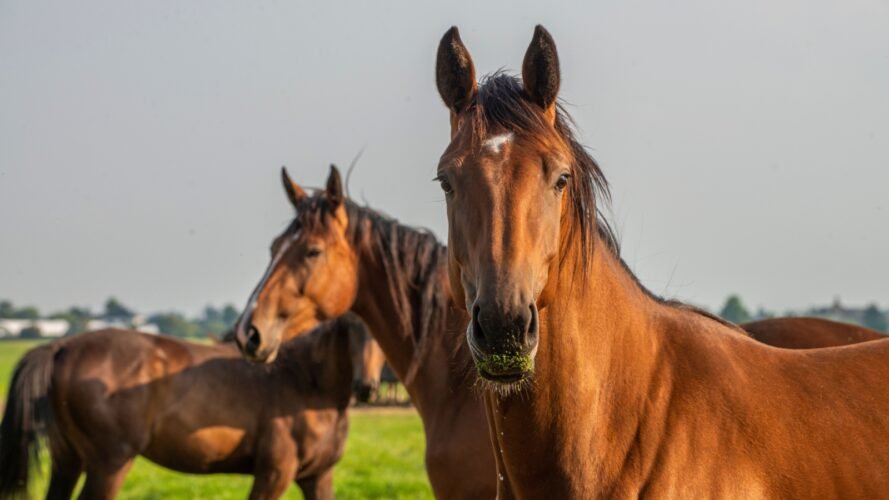
Though horses were common, many people in the 1800s also relied on other forms of transportation, including railroads, steamships, and even bicycles by the end of the century. The expansion of the railroad network, in particular, revolutionized travel and commerce.
Dying Young

While life expectancy was lower than today, many people in the 1800s lived into their 70s and 80s. The average life expectancy was skewed by high infant mortality rates, but those who survived childhood often lived long, full lives. Modern portrayals often exaggerate the grimness of 19th-century life expectancy.
Medicine

Medicine in the 1800s was more advanced than commonly believed, with doctors performing complex surgeries and understanding germ theory by the late century. While there were certainly charlatans, many medical practices laid the groundwork for modern treatments. The era also saw the development of anesthesia and vaccines, which were groundbreaking at the time.
The Industrial Revolution
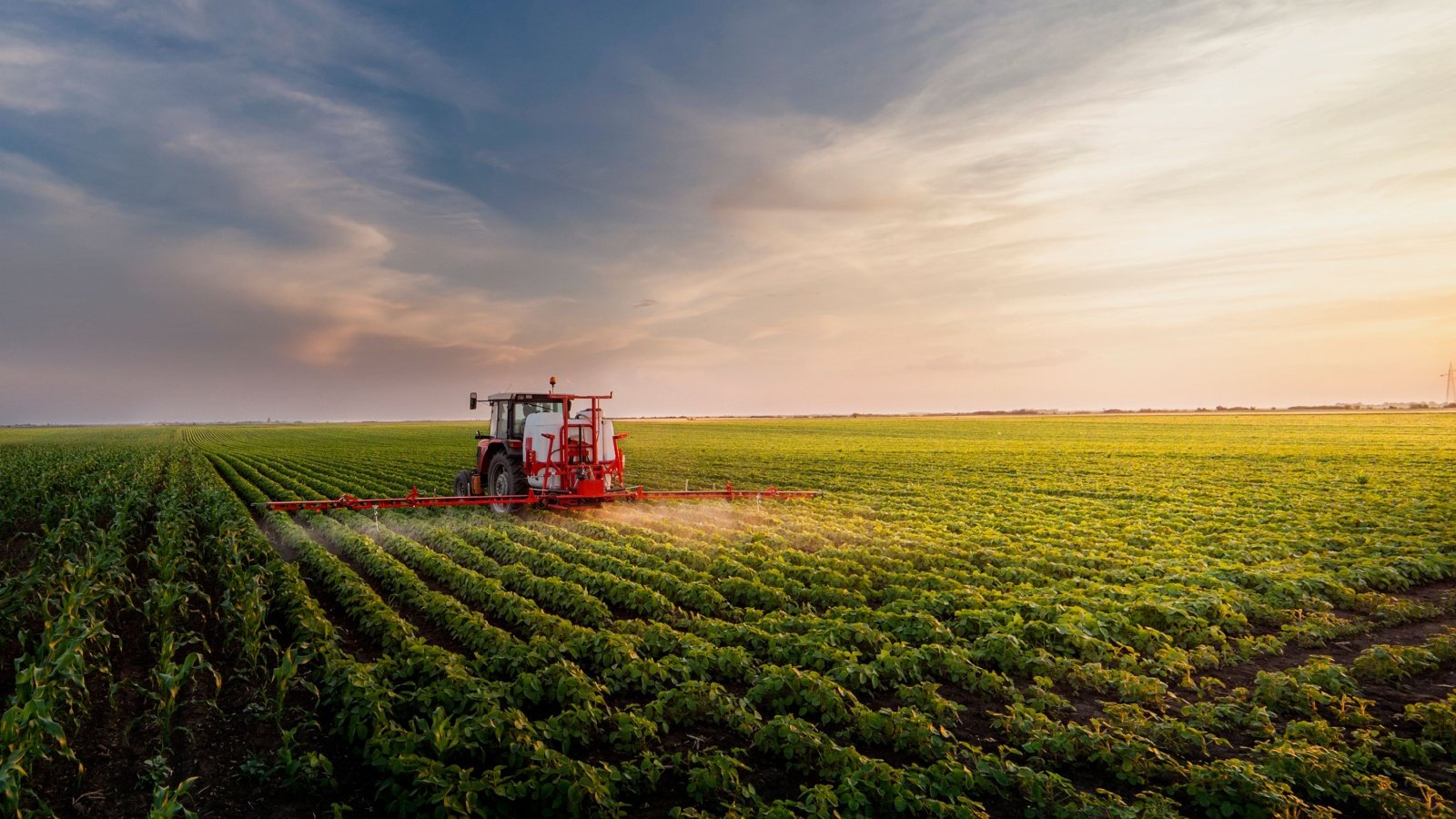
The impacts of the Industrial Revolution reached far beyond urban centers, altering life in rural areas as well. Agricultural practices were transformed by new machinery, increasing productivity and changing the labor landscape. Rural communities also felt the effects of mass-produced goods, which became more widely available through improved transportation networks.
Slavery

Slavery was a global issue in the 1800s, with significant abolition movements in places like Britain, Brazil, and the Caribbean. The transatlantic slave trade impacted societies across Europe, Africa, and the Americas.
The Civil War
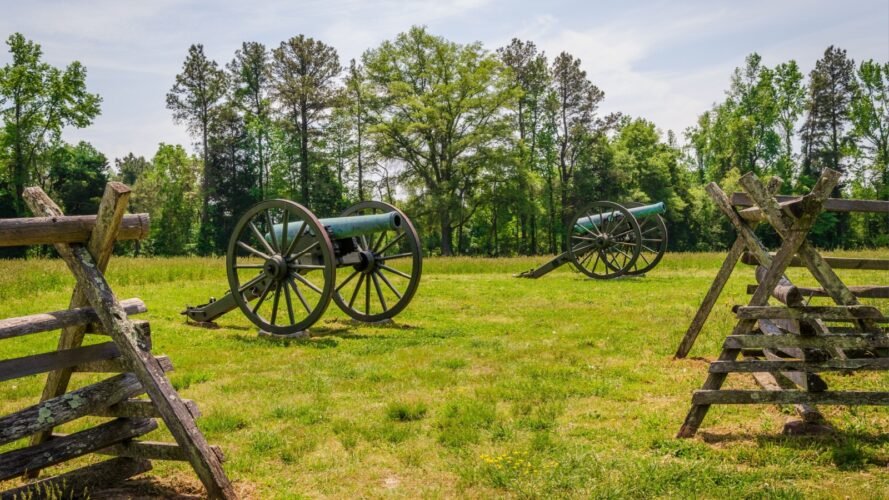
While slavery was the central issue, the Civil War was also fueled by economic, cultural, and political differences between the North and South. The conflict was complex, involving disputes over states’ rights and the future of the Union.
Abraham Lincoln
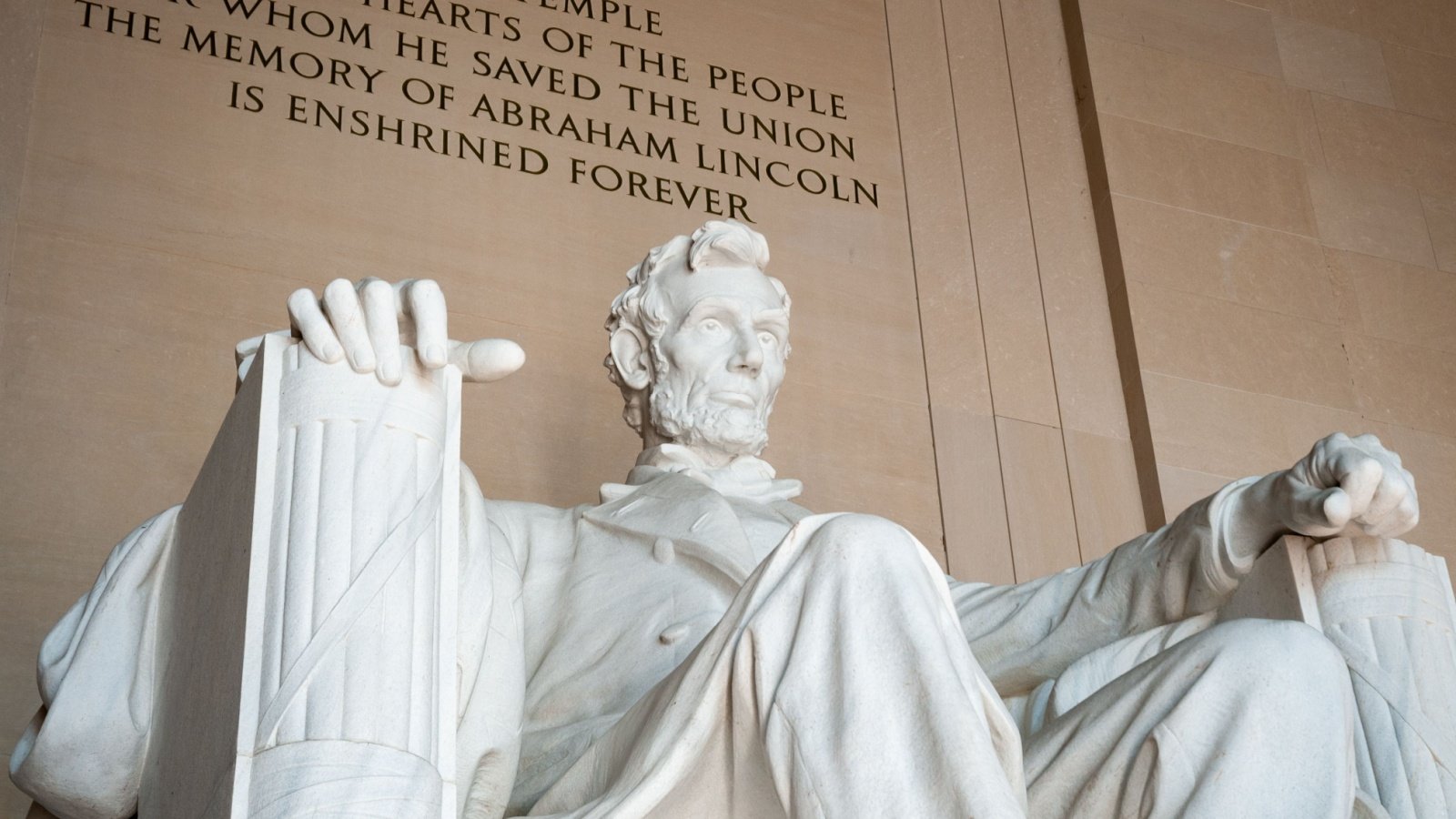
Abraham Lincoln is often remembered as one of America’s greatest presidents, but during his lifetime, he was a highly controversial figure. His election prompted secession, and his views on slavery evolved over time, which alienated both abolitionists and pro-slavery advocates. Public opinion was deeply divided, with significant opposition to his policies.
Constant Hardship

Though the 19th century had its share of challenges, it was also a period of great innovation, progress, and cultural richness. People enjoyed literature, music, and social gatherings, just as we do today. The era was not defined solely by struggle, but also by human creativity and resilience.
Daily Corsets

It’s a misconception that women were always tightly laced into uncomfortable corsets. In reality, many women only wore corsets for special occasions, while daily attire was much more relaxed. The corset myth stems from exaggerated Victorian fashion illustrations.
Fashion

Fashion in the 1800s evolved dramatically, with distinct differences in style between decades. For example, the empire waist dresses of the early 1800s gave way to crinolines and bustles later in the century.
Shorter Than Today

While it’s true that average heights were slightly lower, the difference was not as dramatic as often portrayed. Many people from the 1800s would still be considered of average height today. Height varied significantly depending on factors like diet and regional living conditions.
Native Americans

While Native Americans faced immense challenges, including displacement and violence, they were not passive victims. Many tribes actively resisted colonization through warfare, diplomacy, and adaptation. Their stories are ones of agency, resilience, and survival.
Ellis Island
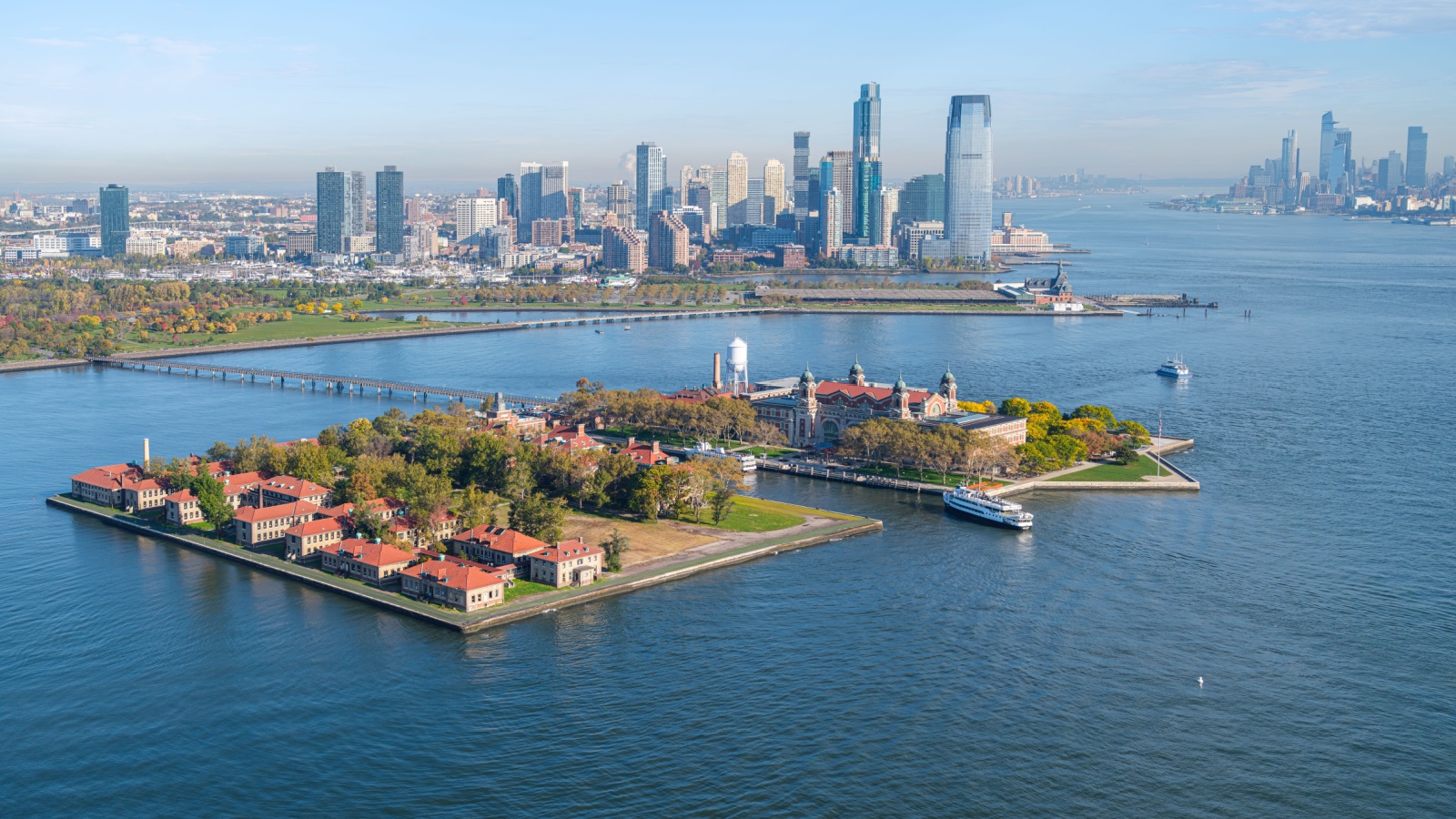
Ellis Island did not open until 1892, so many 19th-century immigrants entered the United States through other ports, such as Castle Garden in New York or ports in Boston and New Orleans. Some even came overland from Canada or Mexico. The image of Ellis Island as the gateway for all immigrants is incomplete.
The Gold Rush
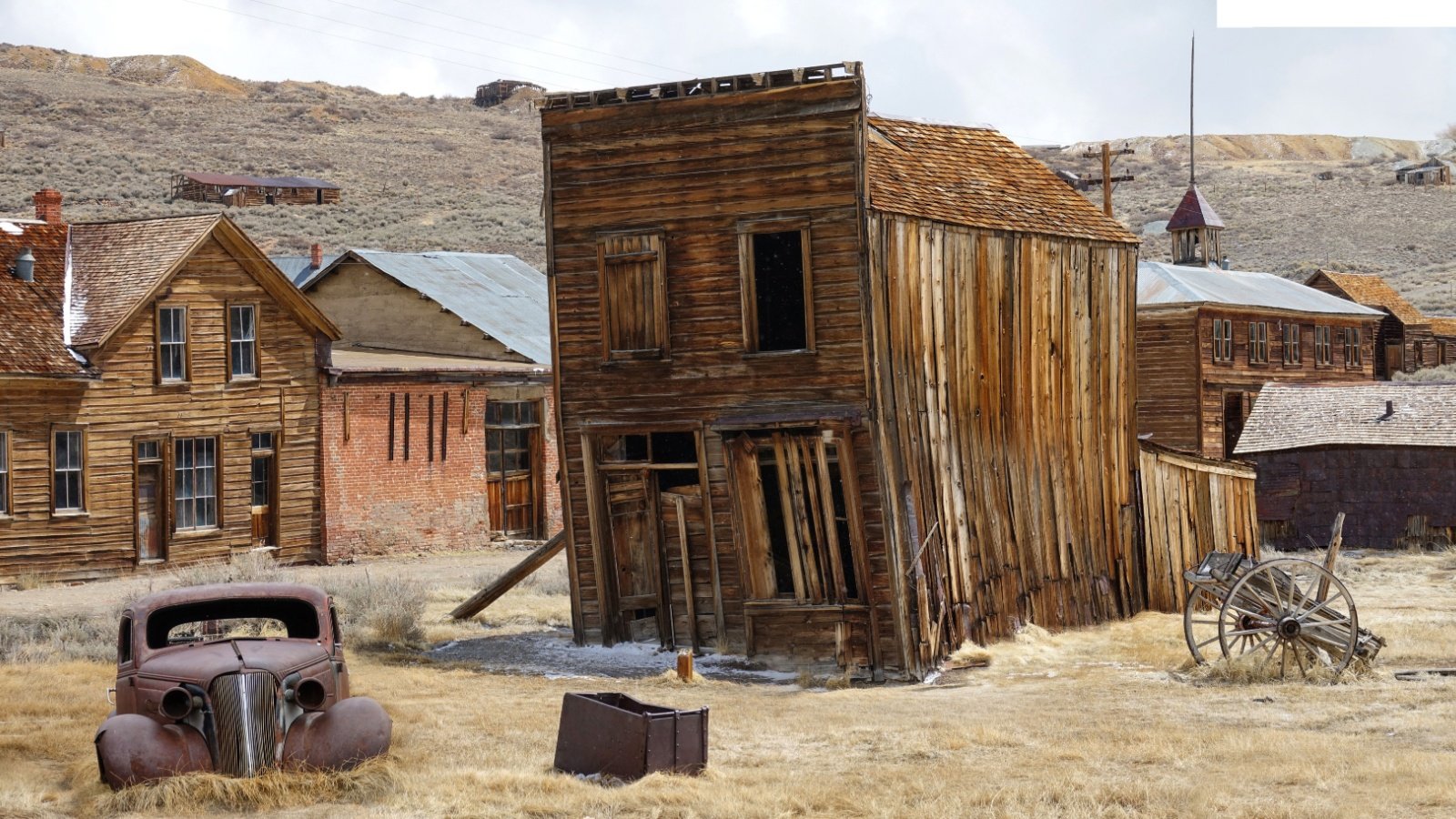
Striking it rich during the Gold Rush was far from guaranteed. Many prospectors found little more than hardship, with most of the wealth ending up in the hands of merchants and suppliers rather than miners. The Gold Rush is often romanticized, but for many, it was a financial and physical struggle.
Victorian Morality

While Victorian ideals influenced society, not everyone adhered to strict moral codes. There were subcultures and communities that challenged or ignored these norms, particularly in urban areas.
Technology

The 19th century saw incredible technological advancements, from the telegraph to the steam engine, which dramatically transformed society. These inventions laid the groundwork for the modern world and were as revolutionary in their time as the internet and smartphones are today.
Education

Education in the 1800s varied widely depending on location, class, and race, but there were many places with advanced curricula. By the late 1800s, public education systems were established in many parts of the world, offering a broader education than often assumed. There were also universities and academies that provided specialized and higher learning.
Frontier Families

Though the image of the self-sufficient pioneer is pervasive, many frontier families were part of broader communities that traded goods and services. Markets, general stores, and mail-order catalogs were essential for acquiring supplies that could not be produced at home. Pioneers relied on these networks to survive and thrive.
The Confederacy
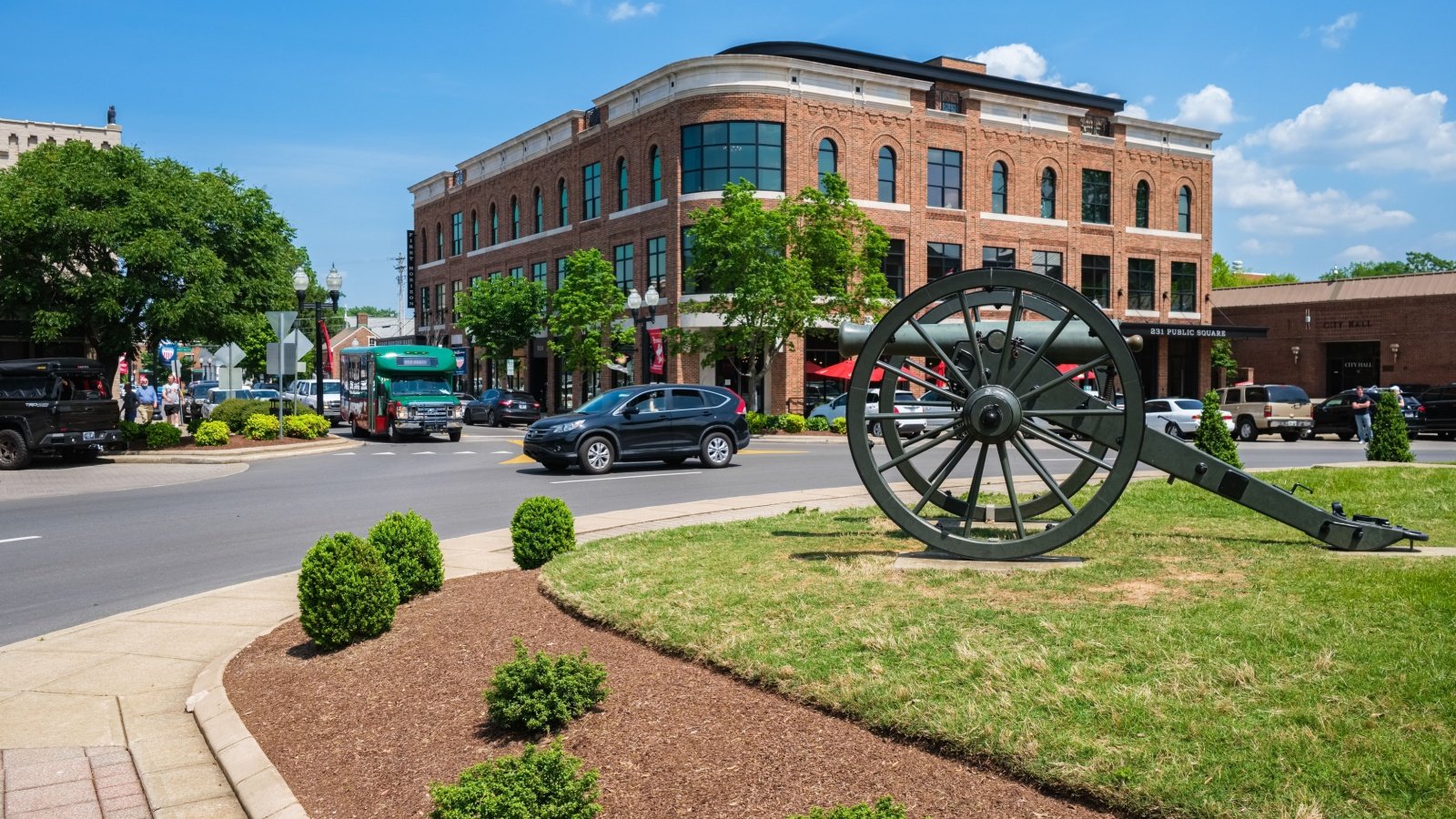
Not all Southerners were Confederate supporters; in fact, there were pockets of Union loyalty throughout the South. Some regions, like West Virginia, broke away from Confederate states to remain with the Union. The South was not a monolithic entity, and loyalties were often divided, even within families.
White Male Dominance

Though white men held many positions of power, the 1800s were also marked by significant contributions from women, people of color, and other marginalized groups. The abolitionist movement, women’s suffrage, and labor rights were driven by diverse leaders who challenged the status quo.
Hygiene

Personal hygiene in the 1800s was better than often assumed, especially as the century progressed. Advances in public health, such as the introduction of clean water systems and public baths, improved sanitation in cities. People were aware of cleanliness, and practices like bathing and handwashing were more common than stereotypes suggest.



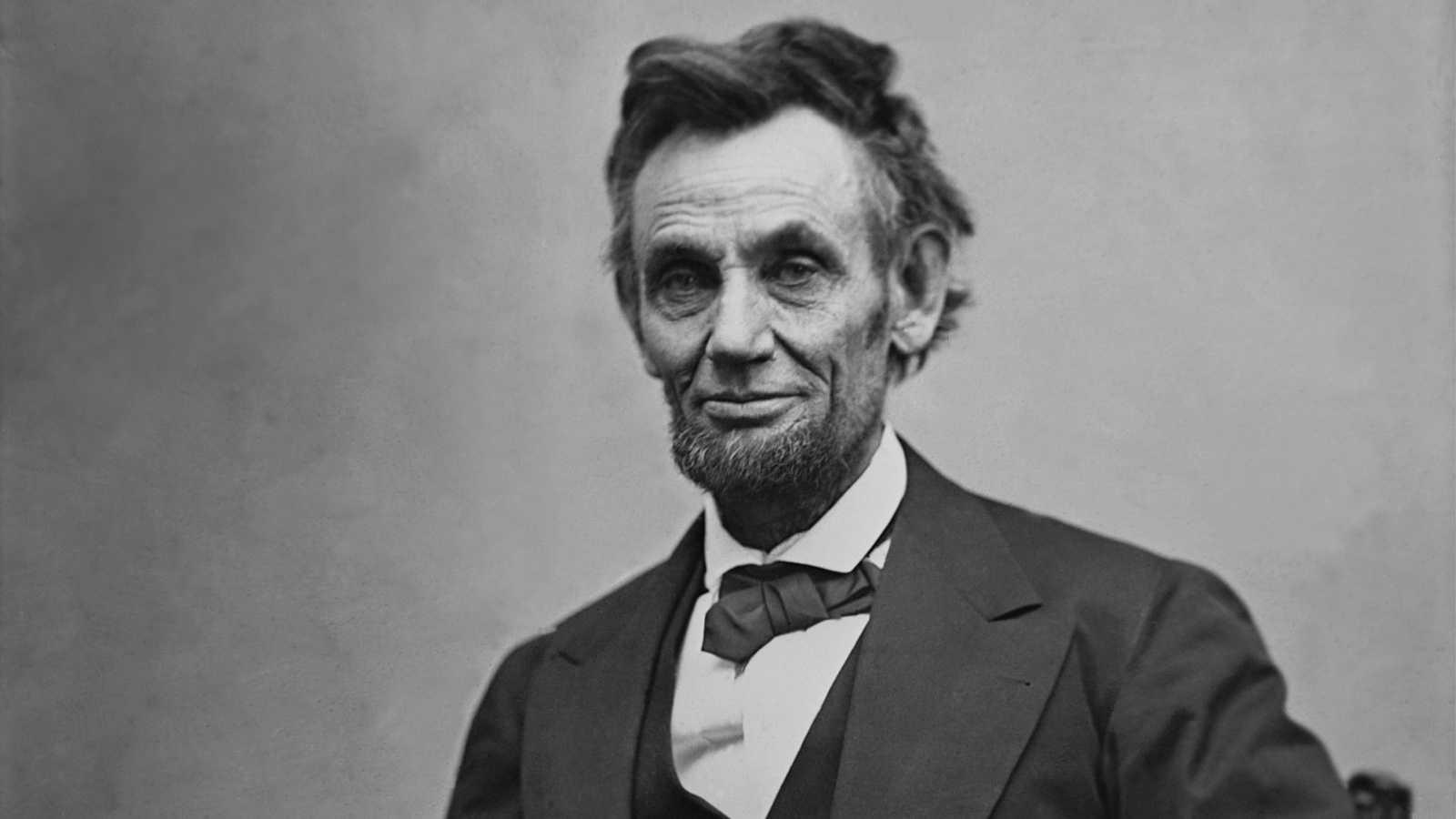





Hey, you used to write great, but the last several posts have been kinda boring?K I miss your tremendous writings. Past few posts are just a bit out of track! come on!
My brother recommended I may like this website. He was entirely right. This put up actually made my day. You cann’t imagine simply how a lot time I had spent for this information! Thanks!
you’re really a good webmaster. The site loading speed is incredible. It seems that you are doing any unique trick. Furthermore, The contents are masterwork. you have done a excellent job on this topic!
Thanks a lot for sharing this with all of us you really know what you are talking about! Bookmarked. Kindly also visit my website =). We could have a link exchange arrangement between us!
he blog was how do i say it… relevant, finally something that helped me. Thanks
Hmm it looks like your site ate my first comment (it was extremely long) so I guess I’ll just sum it up what I had written and say, I’m thoroughly enjoying your blog. I too am an aspiring blog blogger but I’m still new to everything. Do you have any recommendations for novice blog writers? I’d genuinely appreciate it.
I believe this site contains some rattling excellent info for everyone. “Only the little people pay taxes.” by Leona Helmsly.
Whats up very cool blog!! Man .. Beautiful .. Amazing .. I’ll bookmark your blog and take the feeds alsoKI am happy to seek out a lot of helpful information here within the post, we want develop more strategies in this regard, thanks for sharing. . . . . .
Thanks for all your efforts that you have put in this. very interesting information.
Thanks for a marvelous posting! I quite enjoyed reading it, you could be a great author.I will be sure to bookmark your blog and may come back very soon. I want to encourage you to definitely continue your great writing, have a nice weekend!
Good ?V I should definitely pronounce, impressed with your website. I had no trouble navigating through all tabs as well as related information ended up being truly easy to do to access. I recently found what I hoped for before you know it in the least. Quite unusual. Is likely to appreciate it for those who add forums or something, site theme . a tones way for your customer to communicate. Excellent task..
That is the fitting blog for anybody who needs to find out about this topic. You realize so much its virtually laborious to argue with you (not that I truly would want…HaHa). You positively put a new spin on a subject thats been written about for years. Nice stuff, just nice!
With almost everything which seems to be developing inside this particular area, your viewpoints tend to be rather exciting. Having said that, I appologize, but I can not give credence to your whole theory, all be it radical none the less. It appears to us that your remarks are not entirely validated and in reality you are generally yourself not even fully certain of your point. In any case I did appreciate reading through it.
Great line up. We will be linking to this great article on our site. Keep up the good writing.
Greetings! I know this is kind of off topic but I was wondering which blog platform are you using for this website? I’m getting fed up of WordPress because I’ve had issues with hackers and I’m looking at options for another platform. I would be fantastic if you could point me in the direction of a good platform.
I believe this internet site holds some real good info for everyone :D. “I like work it fascinates me. I can sit and look at it for hours.” by Jerome K. Jerome.
Hey there would you mind sharing which blog platform you’re working with? I’m planning to start my own blog soon but I’m having a tough time deciding between BlogEngine/Wordpress/B2evolution and Drupal. The reason I ask is because your design seems different then most blogs and I’m looking for something unique. P.S Apologies for being off-topic but I had to ask!
I like this blog very much, Its a real nice berth to read and receive info .
excellent points altogether, you just gained a new reader. What would you suggest about your post that you made a few days ago? Any positive?
I have been reading out a few of your articles and i must say clever stuff. I will definitely bookmark your site.
It’s hard to find knowledgeable people on this topic, but you sound like you know what you’re talking about! Thanks
Hello there, just became aware of your weblog thru Google, and located that it’s truly informative. I am gonna be careful for brussels. I’ll appreciate for those who proceed this in future. Numerous other folks shall be benefited from your writing. Cheers!
I’d forever want to be update on new articles on this internet site, saved to bookmarks! .
Thanks for another fantastic post. The place else may anyone get that type of information in such an ideal way of writing? I’ve a presentation next week, and I’m at the search for such info.
Hiya very cool site!! Man .. Excellent .. Wonderful .. I will bookmark your web site and take the feeds additionallyKI’m glad to search out numerous helpful info right here in the put up, we’d like work out more techniques in this regard, thank you for sharing. . . . . .
This design is steller! You most certainly know how to keep a reader entertained. Between your wit and your videos, I was almost moved to start my own blog (well, almost…HaHa!) Wonderful job. I really enjoyed what you had to say, and more than that, how you presented it. Too cool!
As I website possessor I believe the content matter here is rattling magnificent , appreciate it for your hard work. You should keep it up forever! Best of luck.
Very good information can be found on blog.
Hi, just required you to know I he added your site to my Google bookmarks due to your layout. But seriously, I believe your internet site has 1 in the freshest theme I??ve came across. It extremely helps make reading your blog significantly easier.
I’ll immediately grab your rss feed as I can’t find your e-mail subscription link or newsletter service. Do you have any? Kindly let me know so that I could subscribe. Thanks.
I’m extremely impressed with your writing skills and also with the layout on your weblog. Is this a paid theme or did you customize it yourself? Anyway keep up the excellent quality writing, it is rare to see a nice blog like this one these days..
Today, I went to the beachfront with my children. I found a sea shell and gave it to my 4 year old daughter and said “You can hear the ocean if you put this to your ear.” She put the shell to her ear and screamed. There was a hermit crab inside and it pinched her ear. She never wants to go back! LoL I know this is entirely off topic but I had to tell someone!
Heya i’m for the primary time here. I found this board and I in finding It truly useful & it helped me out a lot. I’m hoping to provide something again and help others such as you helped me.
Hi there just wanted to give you a quick heads up and let you know a few of the images aren’t loading properly. I’m not sure why but I think its a linking issue. I’ve tried it in two different browsers and both show the same outcome.
Some genuinely nice and useful information on this site, as well I believe the layout contains superb features.
Thank you, I’ve just been looking for information about this subject for ages and yours is the greatest I have discovered till now. But, what about the bottom line? Are you sure about the source?
I precisely wished to thank you so much all over again. I do not know the things I would have followed in the absence of the actual opinions provided by you over this area of interest. It was before a very frightening crisis in my circumstances, nevertheless being able to see the expert way you solved it forced me to cry with gladness. Extremely happy for your service and then wish you realize what a great job you were accomplishing educating people today through the use of your blog. Most probably you have never got to know any of us.
Everyone loves what you guys are up too. This type of clever work and coverage! Keep up the superb works guys I’ve added you guys to our blogroll.
Hello, you used to write great, but the last several posts have been kinda boring?K I miss your great writings. Past several posts are just a little out of track! come on!
Thank you for some other excellent article. The place else may anyone get that kind of information in such a perfect approach of writing? I’ve a presentation next week, and I’m on the search for such info.
It’s best to participate in a contest for top-of-the-line blogs on the web. I’ll recommend this web site!
I do not even know how I stopped up right here, but I thought this put up was once great. I don’t recognize who you might be but definitely you are going to a well-known blogger if you are not already 😉 Cheers!
That is the proper weblog for anybody who needs to search out out about this topic. You notice so much its virtually hard to argue with you (not that I truly would need…HaHa). You definitely put a new spin on a subject thats been written about for years. Great stuff, simply nice!
Hello there, just became aware of your blog through Google, and found that it is truly informative. I’m gonna watch out for brussels. I will be grateful if you continue this in future. Numerous people will be benefited from your writing. Cheers!
I was very pleased to find this web-site.I wanted to thanks for your time for this wonderful read!! I definitely enjoying every little bit of it and I have you bookmarked to check out new stuff you blog post.
F*ckin¦ tremendous things here. I¦m very satisfied to peer your article. Thanks a lot and i’m taking a look forward to contact you. Will you please drop me a e-mail?
Regards for this rattling post, I am glad I observed this internet site on yahoo.
I was wondering if you ever thought of changing the page layout of your blog? Its very well written; I love what youve got to say. But maybe you could a little more in the way of content so people could connect with it better. Youve got an awful lot of text for only having 1 or two images. Maybe you could space it out better?
Hello. Great job. I did not imagine this. This is a great story. Thanks!
Good post. I study something more difficult on completely different blogs everyday. It would always be stimulating to learn content from different writers and observe a little bit something from their store. I’d prefer to use some with the content material on my weblog whether you don’t mind. Natually I’ll give you a hyperlink on your net blog. Thanks for sharing.
I visited a lot of website but I think this one contains something extra in it in it
I like what you guys are up also. Such smart work and reporting! Keep up the superb works guys I’ve incorporated you guys to my blogroll. I think it’ll improve the value of my site :).
excellent submit, very informative. I ponder why the opposite specialists of this sector do not notice this. You must proceed your writing. I’m confident, you have a great readers’ base already!
I really like your blog.. very nice colors & theme. Did you create this website yourself or did you hire someone to do it for you? Plz reply as I’m looking to design my own blog and would like to know where u got this from. many thanks
It is in point of fact a nice and helpful piece of information. I am glad that you simply shared this useful info with us. Please stay us informed like this. Thank you for sharing.
I believe you have noted some very interesting points, thanks for the post.
I’m really inspired with your writing skills as well as with the layout to your weblog. Is this a paid topic or did you customize it yourself? Either way stay up the excellent quality writing, it is uncommon to peer a great blog like this one nowadays..
Very interesting subject , regards for putting up.
whoah this blog is wonderful i love reading your articles. Keep up the good work! You know, many people are searching around for this info, you could aid them greatly.
An interesting discussion is worth comment. I think that you should write more on this topic, it might not be a taboo subject but generally people are not enough to speak on such topics. To the next. Cheers
You made some good points there. I did a search on the subject and found most guys will agree with your website.
Youre so cool! I dont suppose Ive learn anything like this before. So good to seek out any individual with some original ideas on this subject. realy thank you for starting this up. this web site is one thing that’s needed on the net, someone with a little bit originality. useful job for bringing one thing new to the internet!
This web site is really a walk-through for all of the info you wanted about this and didn’t know who to ask. Glimpse here, and you’ll definitely discover it.
Dead composed content material, Really enjoyed looking at.
After study a few of the blog posts on your website now, and I truly like your way of blogging. I bookmarked it to my bookmark website list and will be checking back soon. Pls check out my web site as well and let me know what you think.
Some truly select blog posts on this web site, saved to favorites.
Very good information can be found on blog. “The American temptation is to believe that foreign policy is a subdivision of psychiatry.” by Robert Francis Kennedy.
I love your blog.. very nice colors & theme. Did you create this website yourself? Plz reply back as I’m looking to create my own blog and would like to know wheere u got this from. thanks
I really like what you guys are up too. This type of clever work and coverage! Keep up the terrific works guys I’ve included you guys to our blogroll.
I enjoy, lead to I found exactly what I used to be looking for. You have ended my 4 day long hunt! God Bless you man. Have a nice day. Bye
Very efficiently written article. It will be useful to anybody who usess it, including me. Keep up the good work – i will definitely read more posts.
I like this web site so much, saved to favorites. “Nostalgia isn’t what it used to be.” by Peter De Vries.
Hey I am so glad I found your blog page, I really found you by accident, while I was researching on Askjeeve for something else, Anyways I am here now and would just like to say thank you for a remarkable post and a all round enjoyable blog (I also love the theme/design), I don’t have time to look over it all at the moment but I have bookmarked it and also added in your RSS feeds, so when I have time I will be back to read more, Please do keep up the awesome work.
You are my intake, I own few web logs and infrequently run out from to brand.
I like this post, enjoyed this one appreciate it for putting up. “The universe is not hostile, nor yet is it unfriendly. It is simply indifferent.” by John Andrew Holmes.
Great – I should definitely pronounce, impressed with your site. I had no trouble navigating through all tabs and related info ended up being truly easy to do to access. I recently found what I hoped for before you know it in the least. Quite unusual. Is likely to appreciate it for those who add forums or anything, web site theme . a tones way for your customer to communicate. Excellent task.
This is a topic close to my heart cheers, where are your contact details though?
When I originally commented I clicked the -Notify me when new comments are added- checkbox and now each time a comment is added I get four emails with the same comment. Is there any way you can remove me from that service? Thanks!
Appreciating the time and energy you put into your website and in depth information you offer. It’s great to come across a blog every once in a while that isn’t the same out of date rehashed material. Wonderful read! I’ve bookmarked your site and I’m including your RSS feeds to my Google account.
Excellent website. A lot of useful information here. I am sending it to several friends ans also sharing in delicious. And naturally, thanks for your effort!
I?¦ve read several good stuff here. Certainly value bookmarking for revisiting. I wonder how much effort you put to create this kind of wonderful informative web site.
Appreciate it for all your efforts that you have put in this. very interesting information.
I really appreciate this post. I have been looking all over for this! Thank goodness I found it on Bing. You have made my day! Thx again!
This is a very good tips especially to those new to blogosphere, brief and accurate information… Thanks for sharing this one. A must read article.
You have mentioned very interesting details! ps nice site. “Wisdom is the supreme part of happiness.” by Sophocles.
Hey there! I’m at work surfing around your blog from my new iphone! Just wanted to say I love reading through your blog and look forward to all your posts! Keep up the superb work!
Great blog! Do you have any tips for aspiring writers? I’m hoping to start my own blog soon but I’m a little lost on everything. Would you suggest starting with a free platform like WordPress or go for a paid option? There are so many choices out there that I’m completely confused .. Any tips? Appreciate it!
Magnificent goods from you, man. I’ve understand your stuff previous to and you are just too fantastic. I really like what you’ve acquired here, certainly like what you are stating and the way in which you say it. You make it entertaining and you still care for to keep it wise. I can’t wait to read much more from you. This is actually a terrific web site.
whoah this blog is great i love reading your articles. Keep up the good work! You know, lots of people are searching around for this information, you could aid them greatly.
I rattling lucky to find this site on bing, just what I was looking for : D also saved to my bookmarks.
Hey! Do you know if they make any plugins to help with Search Engine Optimization? I’m trying to get my blog to rank for some targeted keywords but I’m not seeing very good gains. If you know of any please share. Many thanks!
he blog was how do i say it… relevant, finally something that helped me. Thanks
Pretty part of content. I just stumbled upon your website and in accession capital to assert that I get actually enjoyed account your blog posts. Any way I’ll be subscribing for your augment and even I achievement you get admission to consistently rapidly.
I conceive this site has very great written subject matter posts.
I don’t normally comment but I gotta tell appreciate it for the post on this perfect one : D.
Pretty! This was a really wonderful post. Thank you for your provided information.
Wow! This can be one particular of the most beneficial blogs We’ve ever arrive across on this subject. Basically Wonderful. I’m also a specialist in this topic therefore I can understand your effort.
You are my inhalation, I possess few web logs and very sporadically run out from post :). “Follow your inclinations with due regard to the policeman round the corner.” by W. Somerset Maugham.
I am lucky that I observed this web blog, precisely the right info that I was searching for! .
I went over this internet site and I conceive you have a lot of superb information, bookmarked (:.
It’s actually a great and helpful piece of information. I’m happy that you simply shared this useful information with us. Please stay us informed like this. Thanks for sharing.
There is visibly a bundle to realize about this. I think you made certain good points in features also.
I loved as much as you will receive carried out right here. The sketch is tasteful, your authored subject matter stylish. nonetheless, you command get bought an impatience over that you wish be delivering the following. unwell unquestionably come further formerly again since exactly the same nearly a lot often inside case you shield this increase.
I like this post, enjoyed this one regards for posting. “Good communication is as stimulating as black coffee and just as hard to sleep after.” by Anne Morrow Lindbergh.
I cherished up to you’ll receive performed proper here. The sketch is tasteful, your authored subject matter stylish. nevertheless, you command get bought an edginess over that you wish be handing over the following. ill for sure come further in the past once more as exactly the similar nearly a lot frequently within case you protect this increase.
I will immediately grab your rss as I can not find your email subscription hyperlink or e-newsletter service. Do you have any? Kindly permit me understand in order that I could subscribe. Thanks.
I genuinely treasure your piece of work, Great post.
What¦s Going down i’m new to this, I stumbled upon this I have found It absolutely helpful and it has aided me out loads. I am hoping to contribute & aid different users like its helped me. Good job.
Just what I was searching for, appreciate it for posting.
Hello there, simply was alert to your blog through Google, and located that it’s really informative. I’m going to watch out for brussels. I will appreciate in the event you proceed this in future. Many folks shall be benefited out of your writing. Cheers!
This design is incredible! You certainly know how to keep a reader amused. Between your wit and your videos, I was almost moved to start my own blog (well, almost…HaHa!) Excellent job. I really enjoyed what you had to say, and more than that, how you presented it. Too cool!
I have learn some excellent stuff here. Certainly value bookmarking for revisiting. I surprise how so much effort you place to make one of these great informative website.
Usually I do not learn post on blogs, however I wish to say that this write-up very compelled me to take a look at and do so! Your writing taste has been surprised me. Thanks, quite nice post.
Regards for this wondrous post, I am glad I detected this web site on yahoo.
Some really excellent blog posts on this site, thank you for contribution. “A conservative is a man who sits and thinks, mostly sits.” by Woodrow Wilson.
Hello there, You have done an incredible job. I’ll definitely digg it and individually recommend to my friends. I am confident they will be benefited from this site.
Those are yours alright! . We at least need to get these people stealing images to start blogging! They probably just did a image search and grabbed them. They look good though!
The content is engaging and well-structured, keeping visitors interested.
Very nice layout and fantastic content, hardly anything else we need : D.
I’m really impressed by the speed and responsiveness.
I love it when people come together and share opinions, great blog, keep it up.
Thank you for another fantastic article. Where else could anybody get that type of info in such a perfect way of writing? I’ve a presentation next week, and I’m on the look for such info.
Hi there, I found your website via Google while looking for a related topic, your website came up, it looks good. I have bookmarked it in my google bookmarks.
Simply wanna input on few general things, The website design is perfect, the articles is really good. “Good judgment comes from experience, and experience comes from bad judgment.” by Barry LePatner.
The layout is visually appealing and very functional.
What¦s Happening i am new to this, I stumbled upon this I have discovered It positively helpful and it has helped me out loads. I am hoping to contribute & help different users like its aided me. Great job.
I like the helpful info you provide to your articles. I will bookmark your weblog and check again right here regularly. I am rather certain I’ll be told plenty of new stuff right right here! Good luck for the next!
I like the helpful information you provide in your articles. I’ll bookmark your weblog and take a look at again right here frequently. I’m quite certain I’ll be told many new stuff right right here! Best of luck for the next!
I’m really impressed by the speed and responsiveness.
Hey there, You have done an incredible job. I’ll definitely digg it and personally suggest to my friends. I am confident they will be benefited from this web site.
Heya i’m for the first time here. I came across this board and I find It really useful & it helped me out much. I hope to give something back and help others like you aided me.
The layout is visually appealing and very functional.
The content is well-organized and highly informative.
The design and usability are top-notch, making everything flow smoothly.
It is in reality a great and useful piece of info. I?¦m satisfied that you simply shared this useful information with us. Please keep us informed like this. Thank you for sharing.
Great site. Lots of helpful info here. I’m sending it to some buddies ans also sharing in delicious. And obviously, thank you on your effort!
Hey, you used to write excellent, but the last few posts have been kinda boring… I miss your super writings. Past several posts are just a little out of track! come on!
This site truly stands out as a great example of quality web design and performance.
Hello! I know this is kinda off topic however I’d figured I’d ask. Would you be interested in exchanging links or maybe guest writing a blog article or vice-versa? My website covers a lot of the same subjects as yours and I believe we could greatly benefit from each other. If you’re interested feel free to shoot me an email. I look forward to hearing from you! Awesome blog by the way!
I love your blog.. very nice colors & theme. Did you create this website yourself? Plz reply back as I’m looking to create my own blog and would like to know wheere u got this from. thanks
A perfect blend of aesthetics and functionality makes browsing a pleasure.
The content is engaging and well-structured, keeping visitors interested.
Great – I should certainly pronounce, impressed with your website. I had no trouble navigating through all tabs and related info ended up being truly simple to do to access. I recently found what I hoped for before you know it in the least. Quite unusual. Is likely to appreciate it for those who add forums or anything, website theme . a tones way for your client to communicate. Nice task.
Thank you for another wonderful article. Where else may just anybody get that type of information in such a perfect way of writing? I’ve a presentation subsequent week, and I am at the look for such info.
ProstaVive is a dietary supplement designed to promote prostate health, support urinary function, and improve overall well-being in men, especially as they age.
Howdy, i read your blog occasionally and i own a similar one and i was just wondering if you get a lot of spam remarks? If so how do you prevent it, any plugin or anything you can advise? I get so much lately it’s driving me crazy so any assistance is very much appreciated.
I’m really impressed by the speed and responsiveness.
The design and usability are top-notch, making everything flow smoothly.
What i don’t understood is in fact how you are not actually much more neatly-preferred than you may be now. You are very intelligent. You realize therefore significantly on the subject of this subject, made me in my opinion consider it from numerous varied angles. Its like women and men aren’t involved until it is one thing to do with Woman gaga! Your own stuffs great. Always maintain it up!
This website is amazing, with a clean design and easy navigation.
The design and usability are top-notch, making everything flow smoothly.
Some really nice and useful information on this site, likewise I conceive the design has got excellent features.
Respect to author, some great entropy.
whoah this weblog is excellent i love studying your articles. Stay up the great work! You already know, many people are searching round for this info, you can help them greatly.
I relish, lead to I found exactly what I used to be looking for. You have ended my four day long hunt! God Bless you man. Have a great day. Bye
You actually make it seem so easy together with your presentation however I to find this matter to be really something that I think I would by no means understand. It kind of feels too complicated and very large for me. I’m taking a look forward on your next submit, I¦ll attempt to get the hold of it!
I gotta favorite this site it seems invaluable extremely helpful
As I website owner I think the content material here is very great, thanks for your efforts.
Attractive section of content. I just stumbled upon your web site and in accession capital to say that I acquire actually enjoyed account your weblog posts. Anyway I’ll be subscribing to your feeds or even I success you get admission to consistently fast.
Do you mind if I quote a couple of your articles as long as I provide credit and sources back to your webpage? My blog site is in the very same niche as yours and my visitors would definitely benefit from a lot of the information you provide here. Please let me know if this alright with you. Thanks a lot!
Japan is definitely on my bucket list! The mix of tradition and modernity is fascinating, and the food alone is enough reason to visit.
I’m impressed, I need to say. Really not often do I encounter a weblog that’s both educative and entertaining, and let me let you know, you might have hit the nail on the head. Your thought is outstanding; the difficulty is something that not sufficient people are talking intelligently about. I’m very joyful that I stumbled across this in my search for something regarding this.
I want to show thanks to you just for rescuing me from this condition. As a result of exploring throughout the online world and seeing solutions which are not productive, I believed my life was well over. Being alive devoid of the answers to the problems you have resolved by means of your posting is a crucial case, as well as the kind which may have in a negative way affected my career if I hadn’t encountered your web page. Your personal mastery and kindness in playing with all the things was very helpful. I don’t know what I would have done if I had not discovered such a thing like this. It’s possible to at this point look forward to my future. Thank you very much for the expert and effective guide. I will not hesitate to recommend the website to anyone who needs guidance on this subject matter.
Christopher Nolan’s storytelling is always mind-blowing. Every movie feels like a masterpiece, and the way he plays with time and perception is just genius.
I’d always want to be update on new articles on this website , bookmarked! .
Consistency is key in fitness. You won’t see results overnight, but every workout counts. The small efforts add up over time and create real change.
Lovely blog! I am loving it!! Will be back later to read some more. I am bookmarking your feeds also
I’m not that much of a internet reader to be honest but your sites really nice, keep it up! I’ll go ahead and bookmark your website to come back in the future. Many thanks
Christopher Nolan’s storytelling is always mind-blowing. Every movie feels like a masterpiece, and the way he plays with time and perception is just genius.
Hi my friend! I wish to say that this post is awesome, nice written and include approximately all important infos. I?¦d like to see more posts like this .
Japan is definitely on my bucket list! The mix of tradition and modernity is fascinating, and the food alone is enough reason to visit.
I’ve been browsing on-line greater than 3 hours lately, yet I by no means found any fascinating article like yours. It’s beautiful price enough for me. In my opinion, if all website owners and bloggers made excellent content as you did, the web might be a lot more helpful than ever before.
Nothing beats homemade pasta. The texture and flavor are just on another level compared to store-bought versions. Cooking from scratch is truly an art.
Hi there, You’ve done an incredible job. I will certainly digg it and personally suggest to my friends. I am confident they will be benefited from this web site.
Heya i’m for the first time here. I came across this board and I in finding It truly helpful & it helped me out much. I am hoping to offer one thing again and aid others such as you aided me.
I am glad to be one of several visitors on this outstanding web site (:, thankyou for putting up.
I really enjoy reading on this internet site, it holds wonderful posts. “Don’t put too fine a point to your wit for fear it should get blunted.” by Miguel de Cervantes.
You made some good points there. I did a search on the issue and found most guys will go along with with your blog.
Very interesting information!Perfect just what I was searching for!
I haven’t checked in here for some time because I thought it was getting boring, but the last few posts are good quality so I guess I will add you back to my everyday bloglist. You deserve it my friend 🙂
I like the helpful info you provide in your articles. I’ll bookmark your blog and check again here frequently. I’m quite certain I’ll learn many new stuff right here! Best of luck for the next!
Glad to be one of many visitants on this awesome site : D.
I have been exploring for a little bit for any high quality articles or blog posts on this sort of area . Exploring in Yahoo I at last stumbled upon this website. Reading this information So i am happy to convey that I’ve an incredibly good uncanny feeling I discovered exactly what I needed. I most certainly will make certain to don’t forget this web site and give it a glance regularly.
Very interesting topic, thanks for posting. “Stranger in a strange country.” by Sophocles.
This design is wicked! You certainly know how to keep a reader entertained. Between your wit and your videos, I was almost moved to start my own blog (well, almost…HaHa!) Fantastic job. I really enjoyed what you had to say, and more than that, how you presented it. Too cool!
Hi my family member! I wish to say that this article is awesome, great written and come with almost all significant infos. I would like to peer more posts like this .
This site is mostly a walk-by means of for the entire information you wanted about this and didn’t know who to ask. Glimpse right here, and also you’ll undoubtedly discover it.
My husband and i have been really glad when Michael could finish off his preliminary research through the entire ideas he made through the blog. It is now and again perplexing to just possibly be giving for free secrets that many others may have been trying to sell. Therefore we keep in mind we’ve got the blog owner to be grateful to for that. The main illustrations you made, the simple website menu, the friendships you will help to create – it’s everything excellent, and it’s leading our son in addition to our family reckon that the matter is cool, which is wonderfully serious. Thank you for all the pieces!
It is appropriate time to make some plans for the longer term and it’s time to be happy. I’ve learn this submit and if I may I wish to counsel you some attention-grabbing issues or suggestions. Maybe you can write next articles referring to this article. I wish to learn more things about it!
Hiya, I am really glad I’ve found this info. Nowadays bloggers publish only about gossips and net and this is really annoying. A good website with interesting content, that is what I need. Thank you for keeping this web site, I will be visiting it. Do you do newsletters? Cant find it.
Oh my goodness! an incredible article dude. Thank you Nevertheless I’m experiencing difficulty with ur rss . Don’t know why Unable to subscribe to it. Is there anybody getting an identical rss problem? Anyone who is aware of kindly respond. Thnkx
Very good blog you have here but I was curious if you knew of any user discussion forums that cover the same topics talked about in this article? I’d really love to be a part of community where I can get advice from other experienced people that share the same interest. If you have any recommendations, please let me know. Appreciate it!
I am curious to find out what blog platform you are working with? I’m having some minor security problems with my latest website and I’d like to find something more safeguarded. Do you have any suggestions?
What i do not understood is actually how you’re not actually much more well-liked than you might be now. You’re very intelligent. You realize therefore considerably relating to this subject, made me personally consider it from a lot of varied angles. Its like men and women aren’t fascinated unless it is one thing to accomplish with Lady gaga! Your own stuffs great. Always maintain it up!
I?¦ve read some good stuff here. Definitely price bookmarking for revisiting. I surprise how so much attempt you set to make this type of magnificent informative website.
I’d constantly want to be update on new content on this internet site, saved to my bookmarks! .
I have recently started a site, the information you offer on this website has helped me greatly. Thanks for all of your time & work.
What’s Happening i am new to this, I stumbled upon this I have found It positively helpful and it has aided me out loads. I hope to contribute & aid other customers like its helped me. Good job.
Your place is valueble for me. Thanks!…
Mitolyn is a cutting-edge natural dietary supplement designed to support effective weight loss and improve overall wellness.
Thanks on your marvelous posting! I actually enjoyed reading it, you’re a great author.I will be sure to bookmark your blog and will often come back in the future. I want to encourage you to definitely continue your great job, have a nice holiday weekend!
Mitolyn is a cutting-edge natural dietary supplement designed to support effective weight loss and improve overall wellness.
Rattling great information can be found on site. “Life without a friend is death without a witness.” by Eugene Benge.
Thank you, I have recently been searching for information about this subject for a while and yours is the best I have came upon till now. However, what in regards to the bottom line? Are you sure concerning the source?
PrimeBiome is a dietary supplement designed to support gut health by promoting a balanced microbiome, enhancing digestion, and boosting overall well-being.
I am just commenting to make you be aware of what a nice experience my cousin’s daughter went through viewing your blog. She mastered several issues, which include what it’s like to have a wonderful teaching heart to make a number of people with ease fully grasp a number of advanced topics. You really did more than visitors’ desires. I appreciate you for imparting these powerful, healthy, educational as well as easy tips on the topic to Mary.
Its such as you learn my mind! You appear to grasp a lot approximately this, such as you wrote the e book in it or something. I believe that you simply could do with some p.c. to power the message house a bit, but other than that, this is great blog. An excellent read. I will certainly be back.
Some times its a pain in the ass to read what blog owners wrote but this website is really user pleasant! .
F*ckin’ amazing issues here. I’m very glad to see your article. Thanks a lot and i’m taking a look ahead to touch you. Will you kindly drop me a mail?
Hello, Neat post. There’s an issue with your web site in web explorer, would test this… IE still is the market leader and a huge section of other people will omit your wonderful writing because of this problem.
I like the valuable info you provide on your articles. I will bookmark your blog and take a look at once more here frequently. I’m somewhat certain I’ll be informed many new stuff right right here! Good luck for the next!
PrimeBiome is a dietary supplement designed to support gut health by promoting a balanced microbiome, enhancing digestion, and boosting overall well-being.
I like your writing style genuinely loving this web site.
Normally I don’t read article on blogs, but I wish to say that this write-up very forced me to try and do so! Your writing style has been amazed me. Thanks, very nice post.
I just like the valuable info you supply for your articles. I’ll bookmark your blog and test again here frequently. I’m slightly sure I will learn lots of new stuff proper here! Good luck for the following!
The Natural Mounjaro Recipe is more than just a diet—it’s a sustainable and natural approach to weight management and overall health.
hi!,I love your writing very much! proportion we be in contact extra approximately your article on AOL? I need a specialist on this space to resolve my problem. Maybe that’s you! Having a look ahead to see you.
Rattling nice style and fantastic articles, nothing else we want : D.
I think other website owners should take this site as an example , very clean and superb user pleasant pattern.
Of course, what a fantastic site and revealing posts, I will bookmark your blog.All the Best!
Thank you for sharing superb informations. Your web site is so cool. I’m impressed by the details that you’ve on this web site. It reveals how nicely you perceive this subject. Bookmarked this web page, will come back for more articles. You, my friend, ROCK! I found just the information I already searched all over the place and simply couldn’t come across. What a perfect site.
I got what you intend,saved to my bookmarks, very nice site.
I do love the way you have framed this specific concern plus it does present me some fodder for thought. Nevertheless, coming from what I have seen, I only hope when other commentary pile on that people today continue to be on issue and don’t embark on a soap box involving some other news of the day. All the same, thank you for this fantastic piece and whilst I do not necessarily agree with it in totality, I respect the point of view.
I was curious if you ever considered changing the structure of your website? Its very well written; I love what youve got to say. But maybe you could a little more in the way of content so people could connect with it better. Youve got an awful lot of text for only having one or two pictures. Maybe you could space it out better?
Mitolyn is a cutting-edge natural dietary supplement designed to support effective weight loss and improve overall wellness.
You are my breathing in, I possess few web logs and often run out from to post .
I like what you guys are up also. Such smart work and reporting! Keep up the excellent works guys I have incorporated you guys to my blogroll. I think it’ll improve the value of my site 🙂
PrimeBiome is a dietary supplement designed to support gut health by promoting a balanced microbiome, enhancing digestion, and boosting overall well-being.
PrimeBiome is a dietary supplement designed to support gut health by promoting a balanced microbiome, enhancing digestion, and boosting overall well-being.
Hi my friend! I wish to say that this article is awesome, nice written and include almost all significant infos. I’d like to see more posts like this.
I have been surfing online more than 3 hours today, yet I never found any interesting article like yours. It’s pretty worth enough for me. In my opinion, if all web owners and bloggers made good content as you did, the net will be much more useful than ever before.
Only wanna input on few general things, The website design and style is perfect, the subject material is rattling wonderful : D.
You can certainly see your skills within the paintings you write. The world hopes for more passionate writers such as you who aren’t afraid to mention how they believe. All the time go after your heart. “If you feel yourself falling, let go and glide.” by Steffen Francisco.
There are certainly a lot of details like that to take into consideration. That could be a nice point to carry up. I offer the ideas above as normal inspiration but clearly there are questions like the one you convey up where a very powerful thing will likely be working in honest good faith. I don?t know if greatest practices have emerged round issues like that, however I’m positive that your job is clearly identified as a fair game. Each girls and boys really feel the impact of only a moment’s pleasure, for the rest of their lives.
I like this weblog very much, Its a rattling nice billet to read and receive info . “What is called genius is the abundance of life and health.” by Henry David Thoreau.
I like what you guys are up too. Such smart work and reporting! Keep up the superb works guys I’ve incorporated you guys to my blogroll. I think it will improve the value of my web site :).
You are my inhalation, I have few blogs and occasionally run out from post :). “He who controls the past commands the future. He who commands the future conquers the past.” by George Orwell.
Merely a smiling visitant here to share the love (:, btw outstanding design and style.
hey there and thank you for your info – I have definitely picked up something new from right here. I did however expertise several technical issues using this site, as I experienced to reload the web site many times previous to I could get it to load properly. I had been wondering if your web hosting is OK? Not that I am complaining, but sluggish loading instances times will sometimes affect your placement in google and could damage your quality score if ads and marketing with Adwords. Well I’m adding this RSS to my e-mail and could look out for much more of your respective exciting content. Ensure that you update this again soon..
Wohh precisely what I was looking for, appreciate it for posting.
Hello would you mind letting me know which web host you’re working with? I’ve loaded your blog in 3 different internet browsers and I must say this blog loads a lot quicker then most. Can you recommend a good web hosting provider at a reasonable price? Many thanks, I appreciate it!
I couldn’t resist commenting
certainly like your website however you need to check the spelling on quite a few of your posts. A number of them are rife with spelling problems and I in finding it very troublesome to tell the truth on the other hand I will definitely come back again.
Some really nice and utilitarian info on this web site, too I think the style and design contains good features.
Saved as a favorite, I really like your blog!
Thanks for any other excellent article. Where else could anybody get that type of information in such an ideal means of writing? I have a presentation next week, and I am on the search for such information.
You should take part in a contest for one of the best blogs on the web. I will recommend this site!